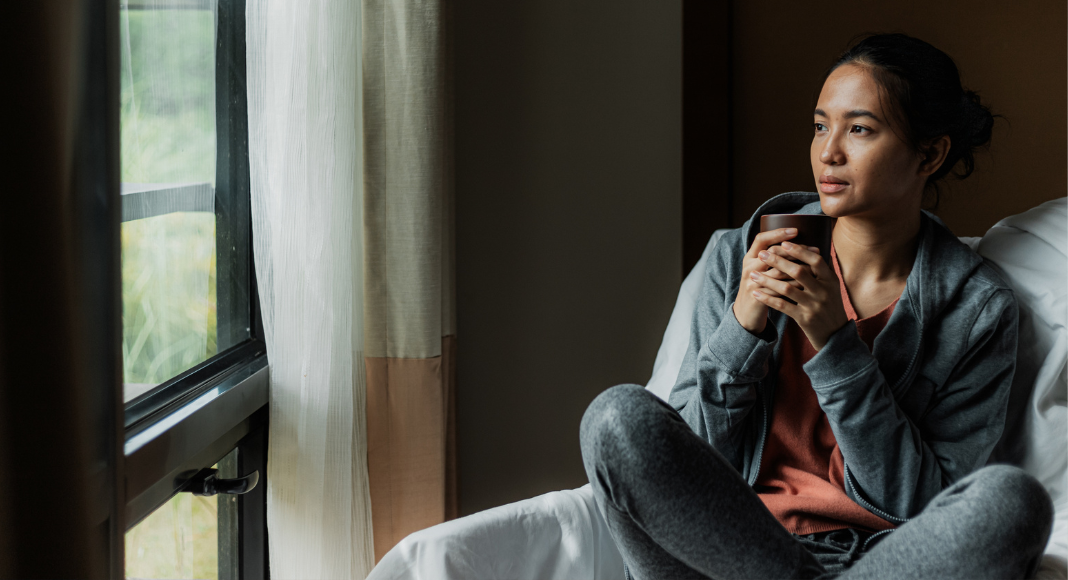 If you were asked if someone you know has experienced domestic violence, I am sure you could think of at least one person. The state of Indiana ranks as the third highest in the nation, with one in three women and one in seven men experiencing domestic violence in their lifetime. Either you or a person you love has likely been a victim.
If you were asked if someone you know has experienced domestic violence, I am sure you could think of at least one person. The state of Indiana ranks as the third highest in the nation, with one in three women and one in seven men experiencing domestic violence in their lifetime. Either you or a person you love has likely been a victim.
The U.S. Department of Justice defines any pattern of abusive behavior happening in a close or intimate relationship with the sole purpose of maintaining control as domestic violence. By looking at this through the lens of controlling an intimate partner, we will see that domestic violence can be much more than physical. There are multiple ways an abuser can engage in this behavior. This includes emotional abuse, sexual abuse, economic abuse, psychological abuse, and even technological abuse.
Within all of these spans a common thread – a pattern of coercion. Manipulation, isolation, humiliation, or continual threats are the most common.
For the victims that experience physical abuse, they experience someone else controlling and hurting their own bodies. This can be through hair pulling, punching, shoving, slapping, or using objects to injure. This definition includes denying medical care, such as refusing to transport the abused to an emergency room, following up with a doctor, withholding prescribed medications, or forcing a victim to endure pain and suffering within their body for an extended amount of time. Additionally, forcing/coercing the victim to ingest alcohol and illegal drugs is a form of physical abuse. A woman that I had known for many years recently shared with me that she had been a victim of physical abuse and marital rape within her marriage. I find this important to mention as I had never witnessed this happening or seen any markings or bruises. Much of these victims’ abuse may never be visible to friends, family, or even the general public. And while sexual abuse has its own behavioral patterns, it is most undoubtedly physical in its abuse.
While all areas of DV can be present, some victims can also find themselves never having a hand laid on them yet will experience emotional, psychological, and economic abuse from the partner or spouse. For me, these areas go much deeper with an incredible amount of layers that almost make these manipulative and fear-based power trips the most powerful of all regarding the safety of the victim. With gaining and maintaining control being the goal, these abusers set out to destroy your self-esteem, diminish your skills and worth, isolate you from family and friends, threaten harm to you or children and pets, and forceful intimidation. They demand access to financial accounts while limiting yours. They spend money frivolously and do so without your knowledge. They move money, withhold money, and demand permission to spend it. That pattern can continue or become abuse through social media and online space. This can include impersonation, harassment, and exploitation.
All this abuse can appear in heterosexual or LGTBQ relationships – married or not- and throughout all racial and gender identities. Still, it is much more prevalent within BIPOC communities of people who experience systematic racism. The weight of these crimes is also felt and carried by family, friends, and co-workers. And if children witness these manipulative and violent acts, they will suffer greatly. Children who have witnessed domestic abuse are more likely to be abused, become abusers themselves, experience PTSD/anxiety and depression, and have a higher probability of engaging in the illegal use of drugs and alcohol. Children will see that the use of violence in any form is just a normal way of life and will potentially repeat those patterns.
The purpose of Domestic Violence Awareness Month is to encourage the voices of abuse survivors to be heard, learn and share resources to aid family members and victims, and educate the public on the health epidemic of domestic violence.
If you or someone you know wants more information or is a victim of domestic violence and seeking help here in Indiana, here is a list of resources:
Beacon of Hope Crisis Center –www.beaconofhopeindy.org -317-731-6140
Legacy House – www.legacy-house.org – Phone: 317-554-5272
Prevail, Inc. – www.prevailinc.org – Crisis Phone: 317-776-3472
Silent No More, Inc. – www.silentnomoreinc.org – Phone: 317-728-6733 – Text: 317-728-6733
Firefly Children & Family Alliance – www.fireflyin.org -Crisis Phone: 317-327-2480
(bilingual Spanish/English) 317-327-4679
Coburn Place Safe Haven – www.coburnplace.org –Crisis Phone: 317-923-5750
Julian Center – www.juliancenter.org – Crisis Phone: 317-920-9320
Alternatives, Inc. – www.alternativesdv.org – Crisis Phone: 866-593-9999
Sheltering Wings – www.shelteringwings.org – Crisis Phone: 317-745-1496
Salvation Army Ruth Lilly Women & Children’s Shelter
www.centralusa.salvationarmy.org/indiana/ – Crisis Phone: 317-637-5551








